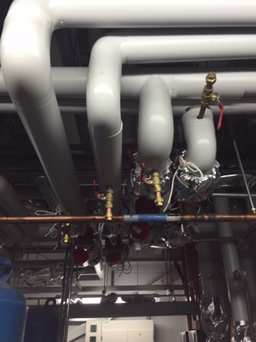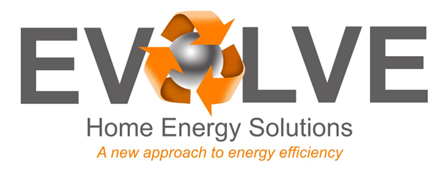Information
-
Task
-
Customer / Site
-
Location
-
Actioned by
-
Date
-
Document No.
Part 1 - Stop For A Moment
-
Before You Start
-
Is the task clearly defined and do you have the right documentation and instruction sets to carry out the job?
-
Have you had sufficient training and, been approved as a competent person to perform this task?
-
Do you have the required permits to work, power isolation, emergency plans and temporary warning signs in hand?
-
Do you have appropriate Personal Protective Equipment for the job and, have you been trained in its use?
-
If your task could result in accidental chemical or oil spillage, do you have access to a spill control kit?
-
Are your hand tools, power tools and extension leads in good condition and tested where applicable (e.g. PAT tested)?
-
Has your measuring & test equipment been registered and calibrated (e.g. calibration stickers/labels current)?
-
Have scaffolds, ladders and lifting equipment been inspected/tested (e.g. test stickers/labels are current)?
-
Have all security issues been addressed (e.g. workplace clearance; your personal security and of your equipment)?
-
If you have answered 'NO' to any of the above, take the required action or report it to your line manager for advice - If in doubt always ask!
Part 2 - Think
-
What Are The Hazards?
-
Slips, trips or falls on the same level
-
Falls from height
-
Falling / flying objects
-
Chemicals / harmful substances (e.g. refrigerant gases)
-
Heat / fire / explosion
-
Asphyxiation / drowning
-
Risk to plant
-
Contact with stationary object
-
Object overturning / collapsing
-
Manual handling
-
Stored energy
-
Vehicles
-
Risk to you from the work of others
-
Risk to the environment (e.g. spillages & releases)
-
Entry into a confined space
-
Dust / fumes
-
Asbestos
-
Noise
-
Vibration
-
Electricity / Gas
-
Radiation (ironising and non-ironising)
-
Poor lighting
-
Temperature & Pressure (high/low)
-
Adverse Weather (e.g. high winds)
-
Pinch / trapping points
-
Risk to others from your work
-
Management of waste materials
-
Spilled body fluids and human waste
-
Sharps (e.g. needles and blades)
-
Sewage and sanitary waste
-
Sources of infection (e.g. Leptospirosis & Legionella)
-
Falls from height
-
Automatic machinery start up
-
Lone working
-
Others (specify)
Part 3 - Act
-
Additional Safety Assessment
-
Hazards (If selected previously)
-
Contol Measures / Precautions you have taken
-
Remaining Risk*
-
* If 'High' additional precautions are needed - no task should be undertaken with a 'High' risk remaining
-
Task / Job closed out by - Name:
-
Signature:














